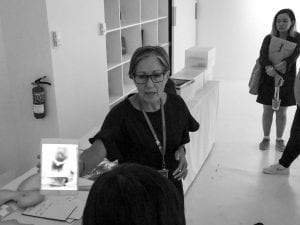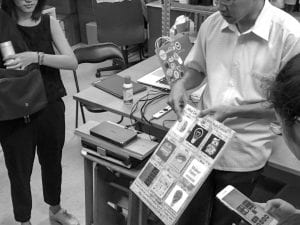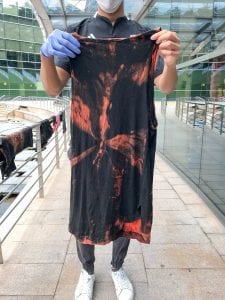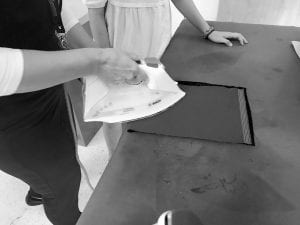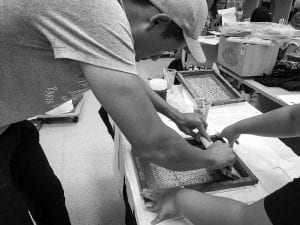Location: STPI
Report:
- Historical background on STPI; Master printer and engineer Kenneth Tyler
- STPI: From warehouse to Bespoke Institute
- STPI as Art and Design hub through artist residency: Singapore’ Strategic Plan
- Introduction to Aaron Curry
- Early life and Influences, together with artwork explanation
- Born in Texas, Austin> Chicago (BA)> Los Angeles (MA)
- Little to no exposure to books, arts (no high culture)
- His inspiration comes from the mundane; the everyday and his own personal experience.
- Influences: Music (Rock, alternative), Artificial colours of spray paint (Street art), Body parts (Biomorphism)
- His work tend to be playful as seen by his signature being placed all around the artwork.
- Link between the artwork Centaur by Picasso and his own: The interplay between 2D and 3D
- For the artist in residency: Aaron Curry employed 4 types of print techniques
- Early life and Influences, together with artwork explanation
- Walk-through the print workshop (Camera off limit)


Reflection:
- Host’s enthusiasm about the subject mater left a positive impression.
- Host answered every questions and made the tour highly comprehensible through the use of relevant contemporary references that we can relate to.
- She managed to elicit curiosity and captivate our attention by having the communication 2 ways.
- Biggest takeaway of the tour: To take inspiration from the mundane and everyday experience: We are ever short on inspiration.
